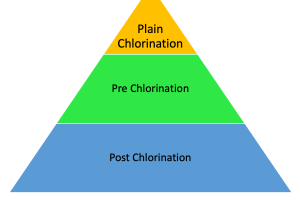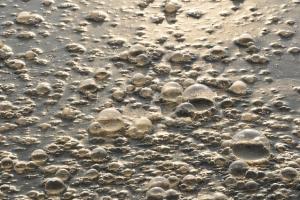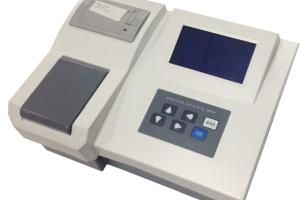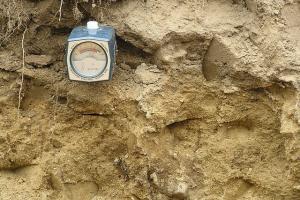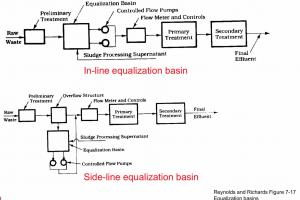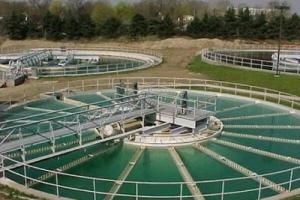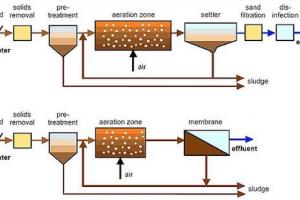Physical Characteristics of Sewage
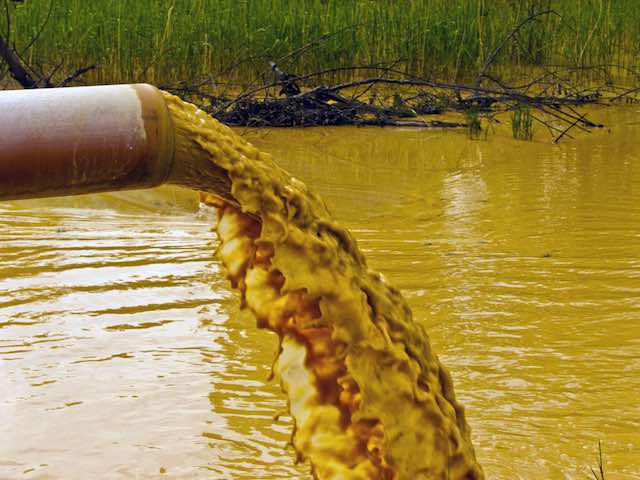
Sewage Characteristics
Sewerage characteristics can be divided into three broad categories:
- Physical (Temperature, colour, smell, solids)
- Chemical (BOD, COD, Nutrients and dissolved solids; and
- Biological
Physical Characteristics of Sewage
Following are the detailed physical characteristics of Sewage:
Temperature:
- The normal temperature of sewage is commonly higher than water supply due to domestic and industrial activities. Depending on geographical location, the mean annual temperature of sewage is in the range of 10 to 21°C. Temperature of sewage is an important parameter because of its effect on chemical reaction rates and aquatic life.
- Increase temperature can cause a change in fish species that are present in water bodies.
- Similarly, oxygen is less soluble in warm water, while some species of aquatic life population increases with temperature causing more demand of oxygen and result in depletion of dissolved oxygen in summer.
- Similarly, sudden change of temperature cause mortality of species.
Colour:
- Fresh sewage is light brownish grey colour.
- At a temperature of above 20 °C, sewage will change from fresh to old in 2 - 6 hours.
- The old sewage is converted to dark grey and black color due to anaerobic activities, known as stale or septic color.
- Some industrial sewage also add color to domestic wastewater.
- The grey, dark grey and black color is due to formation of sulfide produced under anaerobic conditions reacts with the metals present in wastewater.
Odor:
- Fresh domestic sewage has a slightly soapy or oil odour.
- Stale sewage has a pronounced odour of Hydrogen Sulphide (H2S).
- The odor at low concentration has no effect, but high concentration causes poor appetite for food, lower water consumption, impaired respiration, vomiting etc.
Solids:
- Solids comprise matter suspended or dissolved in water and wastewater.
- Solids are divided into several different fractions and their concentration provide useful information for characterization of wastewater and control of treatment processes.
Total solids:
- Total solids (TS) are the sum of total suspended solids and total dissolved solids (TDS). Each of these groups can further be divided into volatile and fixed fractions.
- Total solids (TS) is the material left in the evaporation dish after it has dried at 103-105 °C.
- Total solids can be expressed in mg/L.
Total suspended solids:
- Total suspended solids (TSS) are referred to as non-filterable residue.
- It is determined by filtering a well mixed sample through 0.45μm to 2 μm pore sized membrane. The residue retained on the filter is dried in an oven at a temperature of 103-105 °C for at least 1 hour.
- TSS is expressed in the unit mg/L.
Fixed and Volatile Solids:
- The residue for total solids, total suspended solids or total dissolved solids tests is ignited to constant weight at 500 oC ± 50.
- The weight lost on ignition is called volatile solids, whereas the remaining solids represent the fixed total suspended or dissolved solids.
- The determination of volatile portion of solids is useful in controlling waster water treatment plant operations because it gives a rough estimation of the amount of organic matter present in the solid fraction of waster water, activated sludge and industrial waste.
Absorption
- Measure of amount of light, of specified wavelength, absorbed by constituents in solution;
- Absorbance measured with spectrophotometer using specified wavelength (254 nm)
- Absorbance, measured using spectrophotometer and fixed path length (usually 1 cm) is given by:

where A = absorbance, absorbance units (au)/cm
Io = initial detector reading for blank (distilled water) after passing through solution of known depth I = final detector reading after passing through solution containing constituents of interest
Turbidity
- Measure of light‐transmitting properties of water, used to indicate quality of waste discharges and natural waters with respect to colloidal and residential suspended matter
- Measurement based on comparison of intensity of light scattered by a sample to the light scattered by reference suspension under same conditions. Formazin suspensions are used as primary reference standard
- Results of turbidity reported as nephelometric turbidity units (NTU)
- Relationship between turbidity and TSS for settled and filtered secondary effluent from activated sludge process:

- TSSf vary for each treatment plant; TSSf for settled secondary effluent and for secondary effluent filtered with granular medium depth filter vary from 2.3 to 2.4 and 1.3 to 1.6, respectively
Conductivity
- Electrical conductivity (EC) is measure of ability of solution to conduct electrical current
- Electrical current is transported by ions in solution, conductivity increases as concentration of ions increases;
- EC value is used to substitute measure of TDS concentration; EC of water important parameter to determine its suitability for irrigation;
- Salinity of treated wastewater to be used for irrigation is estimated by its EC;
- SI units: millisiemens per meter (mS/m);
- Estimation of TDS of water sample based on measured EC value:
TDS (mg / L) ≅ EC (dS / m)×(0.55 − 0.70)
Density and Specific Gravity
Physical Characteristics of Sewage also include aspects like density and specific gravity of the sewage.
Density: Mass per unit volume expressed as g/L or kg/m3; density of domestic wastewater is the same as that of water at same temperature;
Specific Gravity: sw =ρw/ρo
where ρw = density of wastewater
ρo = density of water
Both density and specific gravity are temperature dependent and will vary with concentration of TSS in wastewater




